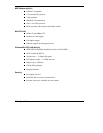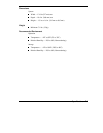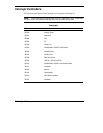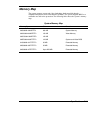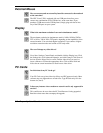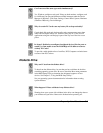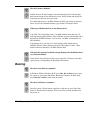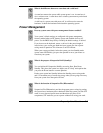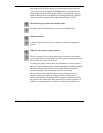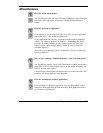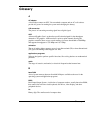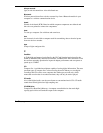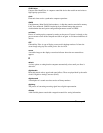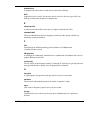
Frequently Asked Questions C-5
What is the difference between a warm boot and a cold boot?
A warm boot restarts the system while system power is on. A warm boot is
also a software reset. A warm boot clears volatile system memory and reloads
the operating system.
A cold boot is a system start with power off. A cold boot also resets the
hardware. It checks the hardware and reloads the operating system.
Power Management
Does my system come with power management features enabled?
Your system’s default settings are configured with power management
features enabled when on DC (battery) power and disabled when on AC
power. Use the BIOS Setup Utility to modify the default settings, if desired.
If you do not use the keyboard, mouse, or drives for the preset length of
inactive time, your screen goes blank and your system goes into a power
saving mode of operation. This is known as an LCD timeout.
When your screen goes blank, before the system goes into Standby mode
(power status LED blinks), just press the spacebar or move your mouse to
reactivate your system.
What is the purpose of Suspend to RAM (Standby)?
You can initiate full Suspend-to-RAM by accessing Start, Shut Down,
Standby. This places the system in a deeper state of “sleep” and requires that
you press the Power button to resume operation.
Putting your system into Standby initiates the Standby power-saving mode
and is a convenient way of conserving energy when you are going to be away
from your system for a short period of time.
What is the function of Suspend-to-File (Hibernation)?
Suspend-to-File (Hibernation) provides the greatest power savings by putting
the system into a maximum power shutdown. When the system goes into STF
mode, it saves data and system status and then shuts off power to all
components. STF mode lets you save power without first saving your work.



